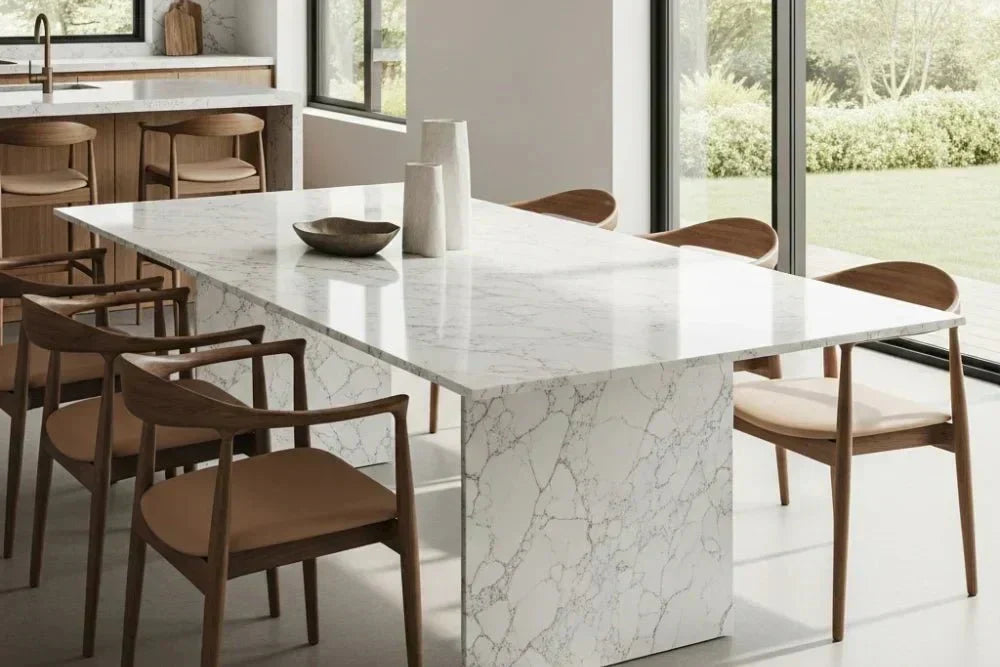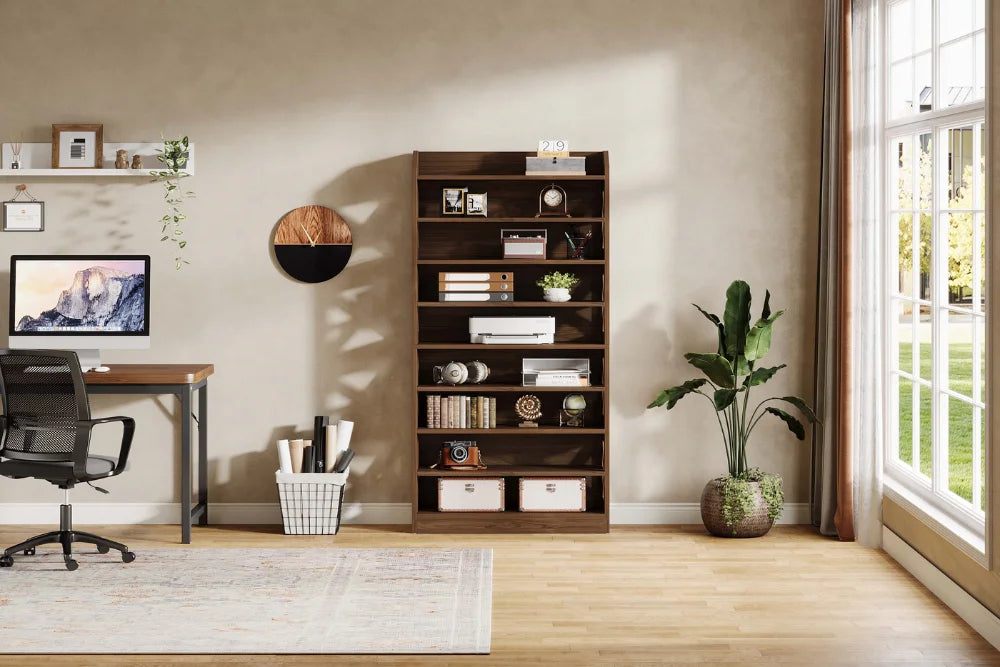Introduction
Much like the carefully curated palette of a classic British interior, the colours we choose for our furniture define both the character and functionality of our living spaces. From creating calming retreats to designing vibrant social areas, colour selection goes beyond mere decoration—it shapes how we experience our homes. This guide will help you navigate furniture colour choices with confidence, ensuring your selections enhance both your space and your lifestyle.
Understanding Colour Psychology in Home Design
Colour psychology explores how different hues affect our emotions and behaviour within interior spaces. In home design, it's not simply about aesthetic appeal but about creating environments that support how we want to feel in each room.
Warm tones like terracotta and mustard yellow generate energy and warmth, making them ideal for social spaces. Cool shades such as sage green and slate blue promote relaxation and focus, perfect for bedrooms and study areas. Neutral tones provide versatility and timeless appeal, serving as the foundation for countless design schemes.

How Colour Influences Room Perception
Colour significantly impacts how we perceive the size and atmosphere of a room:
- Light colours (whites, creams, pale greys) reflect natural light, making compact spaces feel more open and airy
- Darker shades (navy, charcoal, forest green) absorb light, creating intimacy in larger rooms
- Cool tones visually recede, enhancing the sense of space
- Warm tones advance, bringing cosiness to open-plan areas
For smaller British living rooms, consider light-coloured sofas and coffee tables. In more generous spaces, deeper furniture tones can establish comforting, defined areas.
Most Popular Furniture Colours for British Homes
Certain colours remain perennially popular in UK interiors for their versatility and enduring appeal:
- Slate Grey – The contemporary neutral that pairs beautifully with both warm and cool accents
- Navy Blue – A sophisticated classic that works equally well in traditional and modern settings
- Warm Beige – Creates inviting, layered looks that stand the test of time
- Sage Green – Brings a calming, natural element indoors
- Earth Tones – Terracotta and ochre add richness and character
Understanding the emotional resonance of these colours helps you select pieces that align with your desired atmosphere.

Should You Choose Furniture or Wall Colour First?
When planning your space, we recommend selecting key furniture pieces first. It's considerably easier to match paint to your sofa or dining table than vice versa, as paint offers virtually unlimited colour options.
Begin with your investment furniture pieces—such as your sofa, storage units or bed frame—then build your colour scheme around them. If you've already decorated your walls, opt for furniture in versatile neutrals that complement existing colours, introducing personality through accessories and soft furnishings.
5 Practical Steps for Selecting Furniture Colours
- Anchor with Neutrals: Choose neutral tones for larger pieces like sofas and dining tables, ensuring long-term versatility
- Introduce Colour Through Accents: Use occasional chairs, coffee tables and cabinets to add personality without commitment
- Coordinate with Existing Elements: Consider how new furniture will complement your flooring, architectural features and lighting
- Consider Practicality: Factor in lifestyle needs—darker tones and patterned fabrics may be wiser choices for households with children or pets
- Create Visual Depth: Combine different tones and textures rather than perfectly matching every element
Applying Colour Psychology to Furniture Selection
The colours you choose for key furniture pieces significantly influence your room's atmosphere:
- Blue furniture promotes calmness and clarity
- Green pieces bring balance and natural harmony
- Yellow accents provide cheerful energy in moderation
- Grey fundamentals offer reliable neutrality
- Wood tones create warmth and timeless appeal
Select one or two dominant colours for your main furniture, then layer complementary shades through accessories and soft furnishings.

Expert Tips for Choosing Living Room Colours
- Consider your room's proportions: light colours enhance smaller spaces, while darker tones add cosiness to larger areas
- Test samples in your actual space, as natural and artificial lighting dramatically affects colour appearance
- Ensure your colour choices align with your overall design style
- Build around timeless base colours, updating seasonal accents through cushions and accessories
Final Thoughts
At Tribesigns, we craft furniture that combines sophisticated design with everyday practicality. Our collections feature thoughtful colour palettes—from versatile neutrals to contemporary tones—ensuring seamless integration with your existing décor. Whether selecting a new home office desk, storage solution or living centrepiece, our pieces are designed to bring both style and function to British homes.



